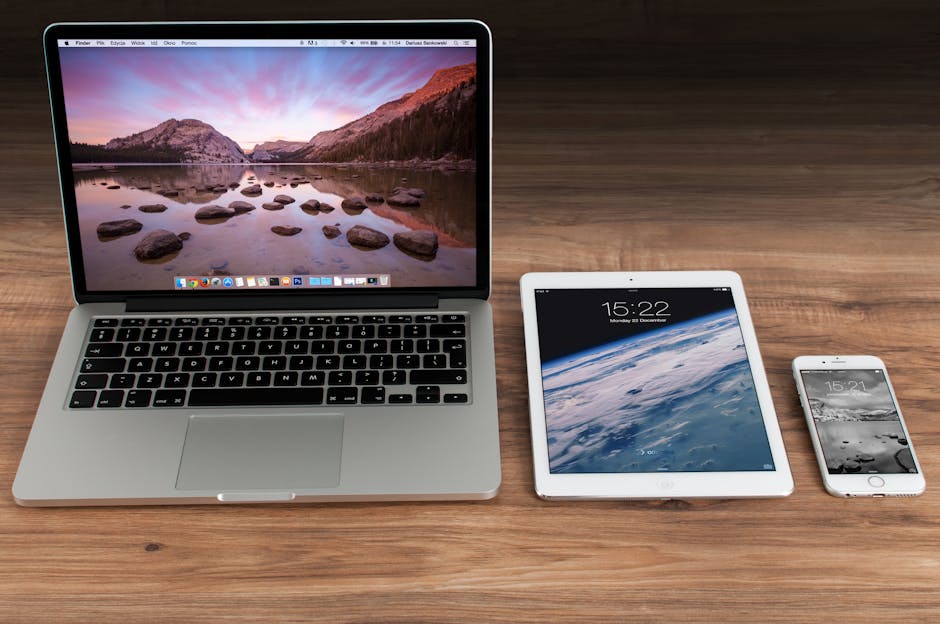The ability to share location android is a crucial feature for staying connected with friends and family, coordinating meetups, and ensuring safety. This guide provides a detailed walkthrough of the various methods available on Android devices to share your location, along with tips and best practices for secure and effective usage.
Sharing your location has become increasingly important in our digitally connected world. Whether you’re meeting up with friends, letting family know you’ve arrived safely, or coordinating logistics, understanding how to effectively share location on your Android device is essential. Let’s explore the different options and settings available to you.
Methods to Share Your Location on Android
Android offers several built-in and third-party app options for sharing your location. Each method has its own advantages and disadvantages, depending on your specific needs and privacy concerns. Knowing the different options allows you to choose the most suitable way to share your location data.
Google Maps: This is the most common and versatile method. Google Messages: Integrated directly into your texting app. Third-Party Apps: (WhatsApp, Facebook Messenger, etc.) offer location sharing within their platforms. Emergency Location Service (ELS): Automatically shares location with emergency services during a call.
Let’s dive into each method in detail.
Sharing Location Using Google Maps
Google Maps provides a robust and feature-rich way to share your location. It allows you to share your real-time location with specific contacts for a set duration.
Steps to share your location using Google Maps:
- Open the Google Maps app on your Android device.
- Tap on your profile picture in the top right corner.
- Select “Location sharing.”
- Tap “Share location.”
- Choose the contacts you want to share with.
- Select the duration for which you want to share your location (e.g., 1 hour, 3 hours, or until you turn it off).
- Tap “Share.”
You can also share your location via a link. This is useful for sharing with people who aren’t in your Google Contacts. Simply copy the link and send it through any messaging platform. Real-time location sharing via Google Maps is a powerful tool for coordination and safety. [INTERNAL: Google Maps Tips and Tricks]
Share Location Android via Google Messages
Google Messages offers a convenient way to share your location directly within your text conversations. This is particularly useful for quick updates or coordinating meetups with individuals.
Steps to share your location using Google Messages:
- Open the Google Messages app.
- Open the conversation with the person you want to share your location with.
- Tap the “+” icon next to the text input field.
- Select “Location.”
- Choose to “Share real-time location” or “Send your current location.”
- If sharing real-time location, select the duration.
- Tap the send button.
Sharing your current location sends a static map with your current coordinates. Sharing real-time location allows the recipient to track your movements for the specified duration. This integration within Google Messages makes it a quick and easy option to share location android.
Using Third-Party Apps to Share Location
Many popular messaging and social media apps, such as WhatsApp, Facebook Messenger, and Telegram, also offer location sharing features. The steps are generally similar across these apps.
General steps to share your location using a third-party app:
- Open the app and go to the conversation with the desired contact.
- Look for an attachment icon (usually a “+” or a paperclip).
- Select “Location.”
- Choose to share your current location or real-time location.
- Set the duration if sharing real-time location.
- Send the location.
Each app might have slight variations in the interface and options, but the core functionality remains the same. Be sure to review the app’s privacy settings to understand how your location data is being used. Consider app permissions before deciding to share location via third-party apps.
Emergency Location Service (ELS)
Emergency Location Service (ELS) is a crucial feature on Android devices that automatically shares your location with emergency services when you make a call to 911 (or your country’s equivalent). This can significantly improve response times and help first responders locate you quickly in an emergency.
ELS is typically enabled by default on Android devices. However, you can check its status in your device’s settings under “Location” or “Emergency.” This feature only activates when you place an emergency call and does not continuously track your location. [EXTERNAL: Android Emergency Location Service Details]
Managing Your Location Sharing Settings
It’s crucial to manage your location sharing settings to protect your privacy. Android provides various controls to manage app permissions and location access.
App Permissions: Review which apps have access to your location and grant permissions only to those that need it. Location Accuracy: Choose between high accuracy (using GPS, Wi-Fi, and mobile networks) and battery saving mode (using only Wi-Fi and mobile networks). Location History: Control whether Google tracks and stores your location history. Google Location Sharing: Manage who you are currently sharing your location with and for how long.
Regularly reviewing and adjusting these settings helps you maintain control over your location data. The ability to share location is useful, but controlling who has access and for how long is paramount.
Controlling App Permissions for Location Access
Android’s permission system allows you to control which apps have access to your location. You can grant permissions on a case-by-case basis or deny access altogether.
Steps to manage app permissions:
- Go to your device’s Settings app.
- Tap on “Apps” or “Applications.”
- Select the app you want to manage.
- Tap on “Permissions.”
- Toggle the “Location” permission on or off.
You can also choose to grant location access only while the app is in use. This provides an extra layer of privacy by preventing apps from tracking your location in the background.
Understanding Location Accuracy Modes
Android offers different location accuracy modes that balance accuracy with battery life.
High Accuracy: Uses GPS, Wi-Fi, and mobile networks to provide the most accurate location. This mode consumes more battery. Battery Saving: Uses only Wi-Fi and mobile networks to estimate your location. This mode is less accurate but saves battery. Device Only: Uses only GPS to determine your location. This mode requires a clear view of the sky and may not work indoors.
Choose the mode that best suits your needs based on the situation. When needing to share location for safety reasons, high accuracy is best.
Managing Google Location History
Google Location History tracks and stores your location data over time. This data is used to improve Google services, such as personalized recommendations and commute estimates.
You can manage your Location History in your Google Account settings. You can choose to turn it off completely, delete specific entries, or pause it temporarily. Regularly reviewing and managing your Location History helps you control how your location data is used by Google.
Privacy Considerations When Sharing Your Location
Sharing your location comes with privacy considerations. It’s important to be aware of the potential risks and take steps to protect your privacy.
Share with trusted contacts only: Only share your location with people you trust. Set a duration: Always set a specific duration for sharing your real-time location. Review app permissions: Regularly review and adjust app permissions for location access. Be aware of the risks: Understand that sharing your location can reveal sensitive information about your whereabouts and habits.
Taking these precautions can help you enjoy the benefits of location sharing while minimizing the risks.
Best Practices for Secure Location Sharing
To ensure secure location sharing, follow these best practices:
- Use strong passwords and enable two-factor authentication on your Google Account and other relevant accounts.
- Keep your Android device and apps updated to the latest versions to patch security vulnerabilities.
- Be cautious of phishing scams that try to trick you into sharing your location or other personal information.
- Use a VPN when connecting to public Wi-Fi networks to protect your data from eavesdropping.
- Regularly review your location sharing settings and app permissions.
By following these guidelines, you can significantly reduce the risk of unauthorized access to your location data. [INTERNAL: Android Security Best Practices]
Additional Sources and References
Troubleshooting Common Location Sharing Issues
Sometimes, you may encounter issues when trying to share your location on Android. Here are some common problems and solutions:
Location services are disabled: Make sure location services are enabled in your device’s settings. App permissions are denied: Ensure that the app you’re using has permission to access your location. GPS signal is weak: Try moving to an area with a clearer view of the sky. Incorrect date and time: Make sure your device’s date and time are set correctly. Outdated app: Update the app to the latest version.
If you’re still having trouble, try restarting your device or contacting the app developer for support.
In conclusion, the ability to share location android devices provide is incredibly useful for coordination, safety, and staying connected. By understanding the different methods available, managing your privacy settings, and following best practices, you can effectively and securely share your location with those who need to know. Remember to regularly review your settings and be mindful of the potential risks involved. Start using these tips today to enhance your connectivity while prioritizing your privacy.






